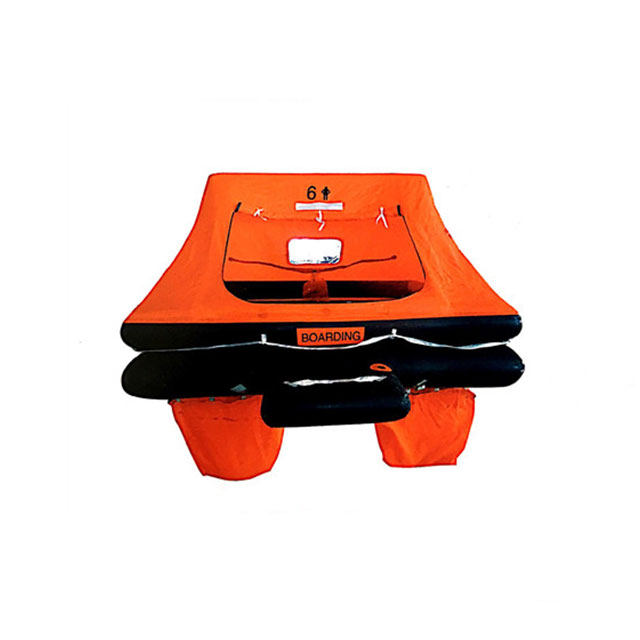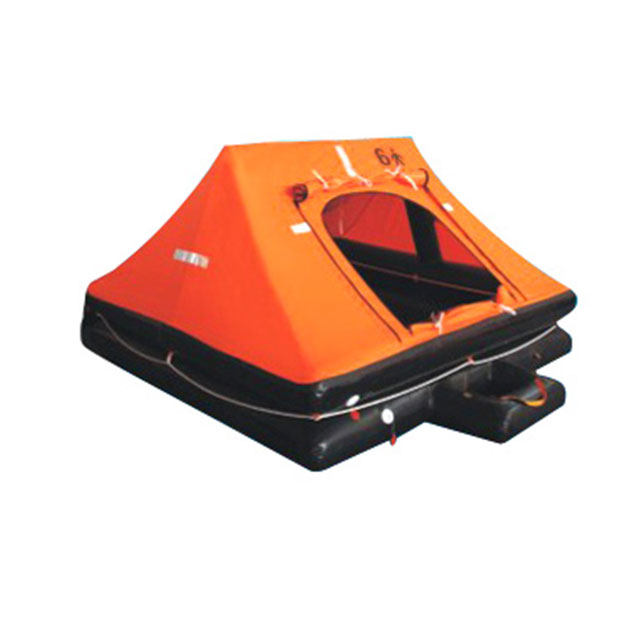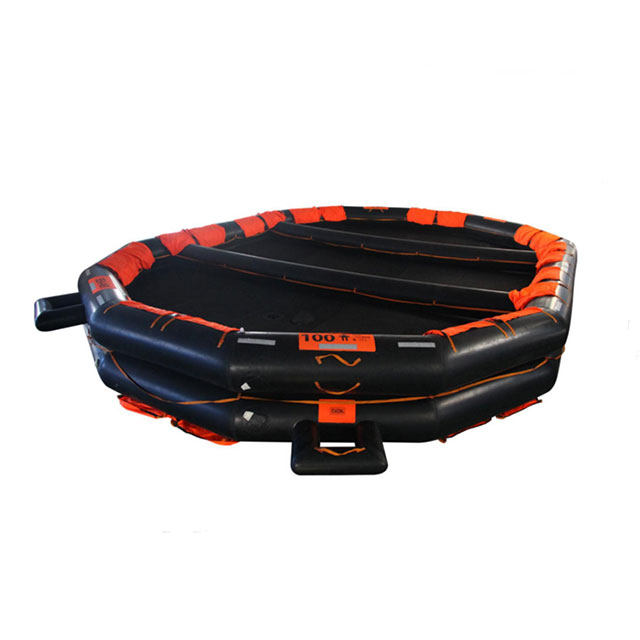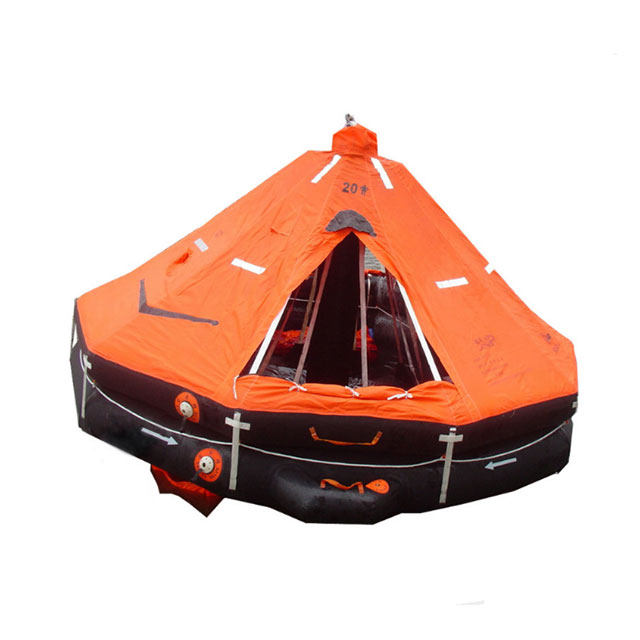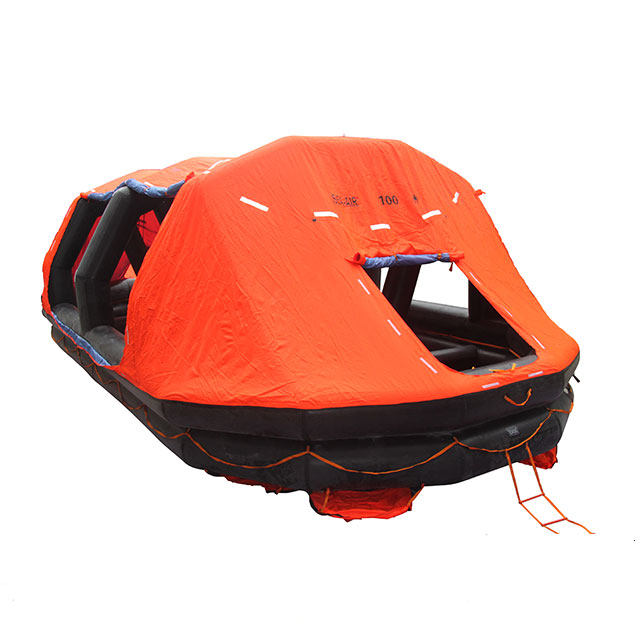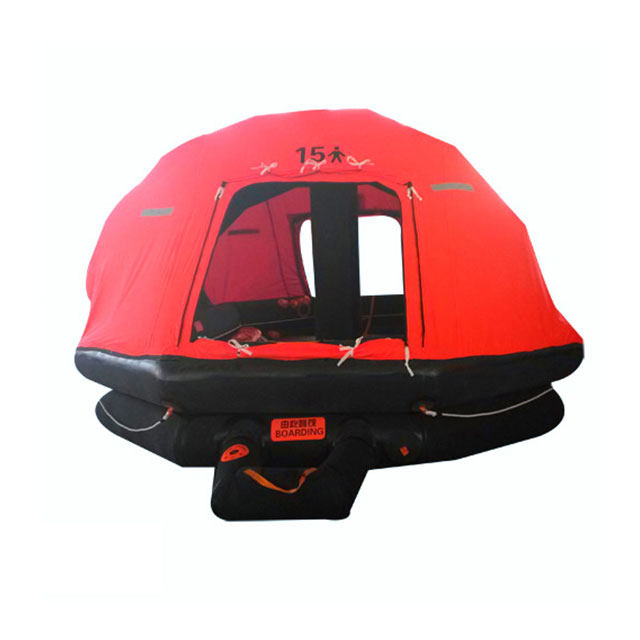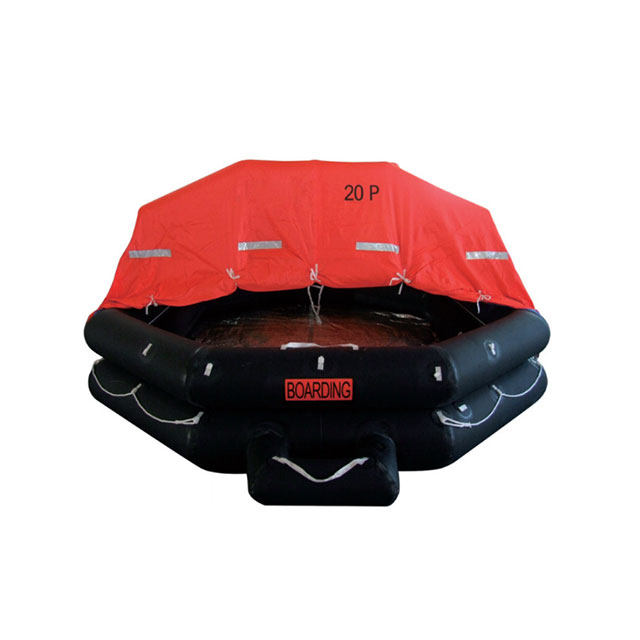Lightweight Innovations in Life Rafts for Small Vessels
For small vessels such as fishing boats, recreational yachts and sailing craft, face unique challenges when it comes to life saving equipment. The limited storage space, the restricted carrying capacity and the need for quick emergency response make traditional heavy life rafts less efficient. To overcome these issues, manufacturers have developed lightweight innovations in life rafts that ensure safety without sacrificing efficiency or portability.
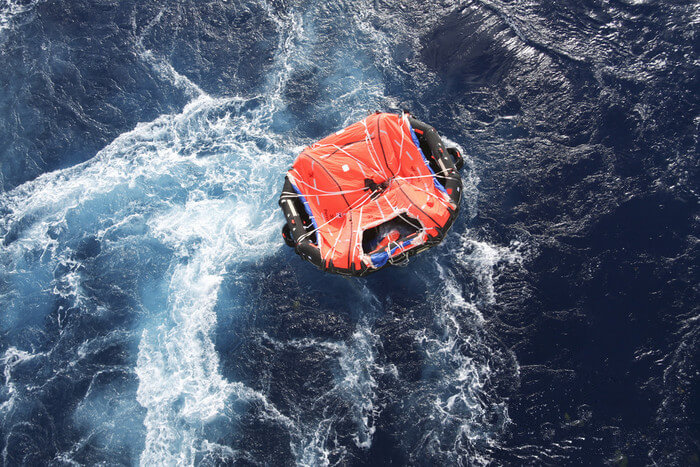
Table of Contents
Challenges in Traditional Heavy Life Rafts
| Challenge | Description |
| Excessive Weight | It is difficult to lift and deploy quickly, especially for smaller vessel crews. |
| Bulky Storage | Large canisters take up a lot of deck space on small boats. |
| Slow Deployment | Larger rafts can require longer to inflate before they be operational. |
| Limited Portability | It requires multiple crew members to handle or move and move items, which can reduce efficiency in times of emergency. |
| Higher Fuel Consumption | Additional weight onboard increases the fuel consumption for smaller vessels. |
| Maintenance Demands | The heavier materials are more susceptible to corrosion, wear and which requires frequent maintenance. |
| Reduced Accessibility | In times of emergency, rafts with larger volumes could be more difficult to access and can take longer to deploy. |

Key Advancements for Lightweight Innovations in Life Rafts
Recent advancements in materials and design have led to lightweight innovations which make life rafts more efficient, mobile and reliable for smaller vessels.
1. Advanced Lightweight Materials
One of the most important developments is the use advanced materials that help reduce overall weight but not compromise safety.
| Material | Innovation | Key Benefits |
| Polyurethane-Coated Nylon | Replaces traditional rubber fabric | Lighter weight, strong resistance to UV, punctures and saltwater |
| Thermoplastic Elastomers (TPEs) | Strong and flexible Fabric for rafts | Improved durability through reduced volume |
| Carbon-Fiber Composites | In canisters and structural components | Excellent strength-to-weight ratio, outstanding corrosion resistance |
| Aluminum Alloys | Used in inflation cylinders and fittings | A lighter alternative to steel that is easy to handle |
| Compact Thermal Fabrics | Multi-layer insulation materials | Keeps the occupants warm and cozy with only added weight |
2. Lighter and Faster Inflation Systems
Inflation technology has also evolved to make life rafts easier to deploy.
| Innovation | Description | Key Benefit |
| Aluminum Gas Cylinders | Replaces steel cylinders made of traditional steel by using lightweight alloys | Easy handling and less overall weight of the raft |
| Carbon-Fiber Cylinders | Ultra-light, high-strength alternative to metal | Weight reduction to the maximum without sacrificing durability |
| Advanced Valve Technology | New valves designed for quick airflow and a controlled pressure | Faster, more reliable deployment in emergencies |
| Optimized Gas Use | Better systems need less compressed gas in order to keep inflation at bay. | The smaller cylinders are less bulky and lighter storage |
| Lightweight Ballast Systems | Self-righting life rafts features that don’t depend on water bags that are heavy | Increased stability with no added mass |
3. Compact Storage and Portability
For smaller vessels the storage capacity is a challenge. In recognition of this, manufacturers have been working on smaller ways to store liferafts. Small canisters enable life rafts to be placed in small spaces, while soft-pack designs offer more flexibility, which makes them perfect for small leisure craft. Importantly, the reduced weight means that only one person can transport and launch the raft in moments when it is needed which was much more difficult with older heavy designs.
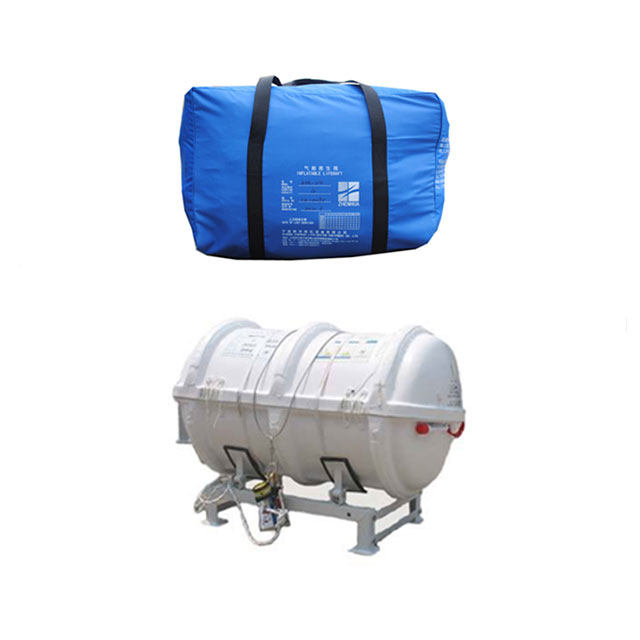
4. Integrated Lightweight Safety Features
The advantages of lighter weights aren’t limited to the raft as such; they also extend into the equipment for survival that is packed inside. Emergency kits are now made of smaller containers for rations and first-aid kits, and signaling devices, which reduces bulk but still ensuring efficiency. Lighting has also been improved and LED beacons powered by solar power are offering vital visibility without the need for massive power systems. In addition, small communications devices like satellite beacons and emergency radios are being integrated into life rafts, which provide vital connectivity in crisis circumstances without putting on a lot of weight.
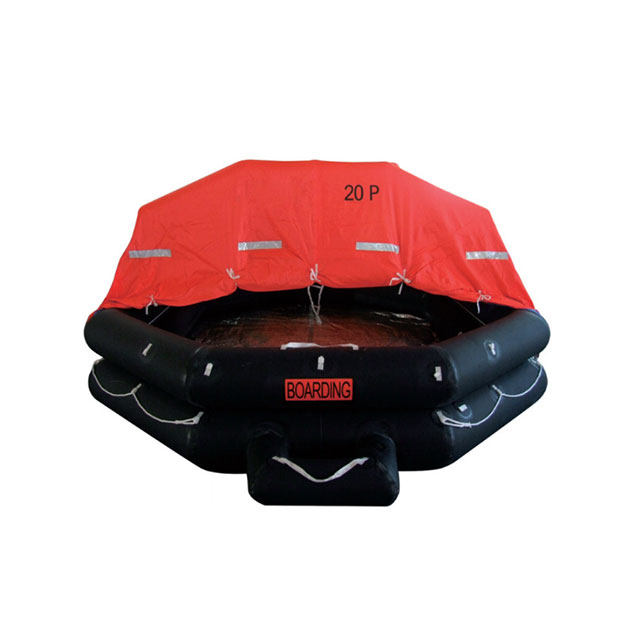
Benefits of Lightweight Innovations in Life Raft for Small Vessels
1. Easier Handling and Deployment
One of the first benefits of lighter technology is the increased handling. Heavy life rafts of the past required multiple crew members to be able to move around and set up, reducing the speed of response in crucial instances. The advent of modern fabrics and light inflation systems has transformed this drastically, allowing only one person to be able to carry an raft swiftly. This ease of handling results in faster emergency response that can be the difference between being safe and in danger in the sea.
2. Better Space Utilization
On smaller vessels on small vessels, every square meter space is worth it. Traditional rafts kept in heavy canisters usually occupied large deck space or storage. Lightweight models, made using compact canisters, or soft-pack options, can free up space for navigation equipment such as fishing equipment or leisure equipment, without harming security. By optimizing storage space, lightweight life rafts can provide boat owners with more flexibility and effectiveness in utilizing their limited area onboard.
3. Enhanced Safety and Reliability
The reduction in weight does not mean that safety is compromised. Indeed, the advancements in lightweight materials have improved overall security. Modern materials like polyurethane-coated nylon, as well as structural components made of composite don’t just make rafts more comfortable to manage, but they are also more durable to the extreme conditions in the marine environment. Inflation systems made with lighter cylinders and better valves allow rafts to be deployed swiftly and safely when the seas are rough. These improvements mean that safety is more reliable and less reliant on the strength of the person or crew numbers.
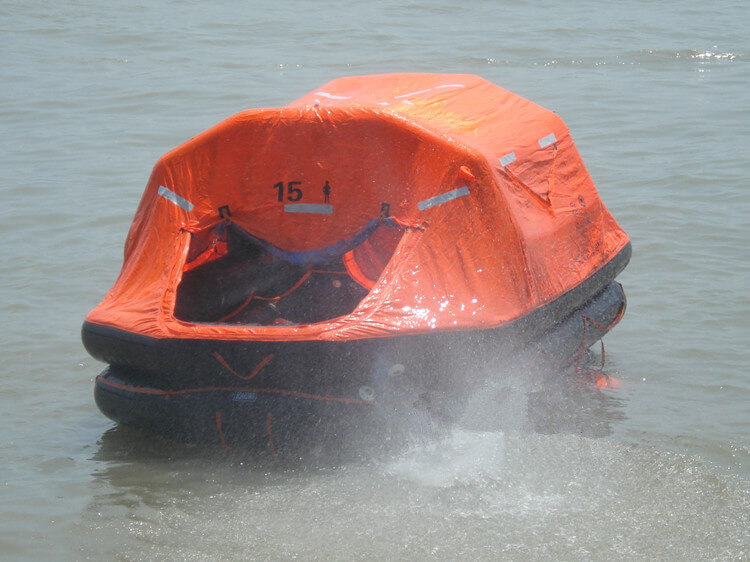
4. Improved Fuel Efficiency and Cost Savings
Every kilogram added to an unassuming vessel can affect the amount of fuel consumed over the course of. The weight of safety equipment could increase the cost of operation during long journeys. Lightweight life rafts ease the burden and contribute to greater efficiency in fuel and cost savings for the operators. Additionally, modern materials usually require less maintenance as compared to older, more heavy designs, which in turn reduces the overall cost of ownership.
5. Greater Confidence for Vessel Operators
The most significant benefit is the security that comes from knowing the life raft is able to be quickly deployed or stored in a timely manner and used in the event of an emergency. This reassurance lets small boat operators concentrate on navigation and operation without having to worry about the safety equipment’s limits.
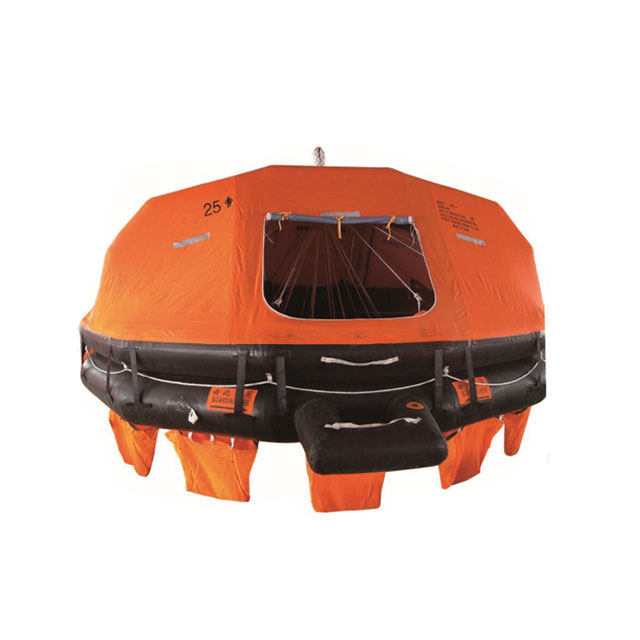
Applications of Lightweight Life Rafts in Small Vessels
Emergency Evacuation at Sea
The most common use of light life rafts is emergency evacuation. When faced with situations like capsizing, onboard fires or collisions, quick deployment is essential. Lightweight rafts enable individuals to move the raft swiftly regardless of the weather conditions. A lighter weight means greater maneuverability, faster inflation and quick access to the essential survival equipment, dramatically increasing the likelihood of survival in a crisis.
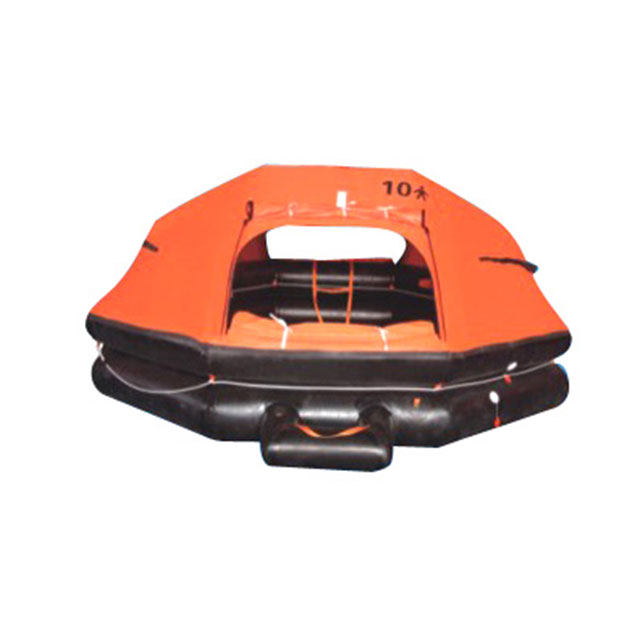
Long-Distance and Offshore Voyages
Small vessels taking on long-distance and offshore travel benefit from the compact and light style of contemporary life rafts. They require little storage space, which allows vessels to transport additional safety equipment, supplies, and navigation equipment. The lighter designs also lessen the overall weight of a vessel increasing the efficiency of fuel and handling when traveling for long distances, while also making sure safety isn’t affected.
Recreational and Sport Applications
For sport and recreational boating activities, light life rafts are especially beneficial. They can be transported by users to take the rafts on smaller yachts as well as motorboats, sailboats, and motorboats without impacting storage or performance. When sailing regattas, regattas or on leisure trips there is an inflatable life raft that is lightweight makes sure that all participants have immediate access to safety measures, without disrupting the enjoyment.
Training and Safety Drills
The mobility and convenience of lighter life rafts help in more efficient safety drills and training. Crew members can train the boarding, deployment and emergency procedures on a regular basis and without the strain that comes with heavy life rafts. The hands-on training increases the preparedness and confidence. It also increases general awareness of safety on smaller vessels.
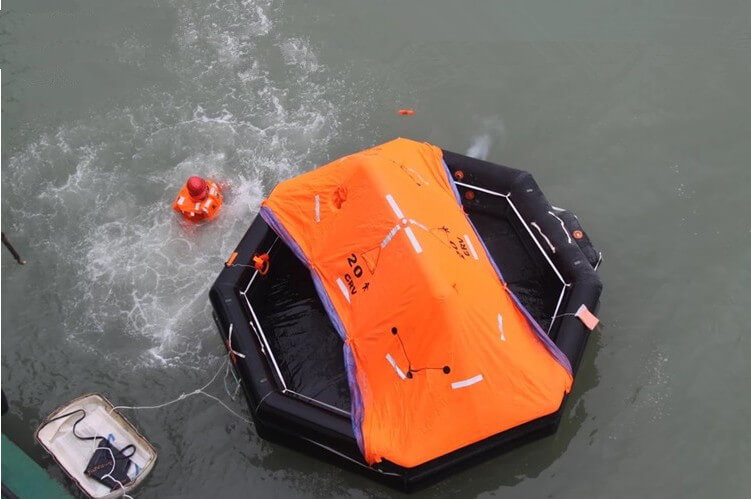
Future Trends in Lightweight Life Rafts for Small Vessels
Emerging trends focus on improving safety and integrating advanced technology to meet the growing demands of small vessel operators.
1. Advanced Materials and Manufacturing
Future life rafts are anticipated to feature newer materials which are more durable, lighter and more robust. Innovative high-performance fabrics, including advanced polyurethane coatings as well as nanocomposite layers, will improve puncture resistance and UV resistance, and reduce weight. In addition 3D printing as well as precision manufacturing could allow for custom designs that maximize durability as well as flexibility and storage efficiency, without adding the weight of the material.
2. Smarter Inflation and Deployment Systems
Technology for inflation is expected to improve speed, become more reliable, and automated. Lightweight carbon-fiber composites will remain a viable alternative to traditional metals. Intelligent valves will be able to regulate gas flow, and offer self-diagnosis to aid in maintenance. Self-righting mechanisms are also being developed to provide stability even under extreme sea conditions without the need for large ballast.
3. Integration with Digital Safety Technologies
Digital connectivity will have a significant role in the development of future life rafts. GPS-enabled positioning systems and automated distress signaling and satellite communications devices will enable small vessels to reach out for assistance quickly and accurately. Solar-powered LED lighting and small energy storage options will give longer-lasting and reliable visibility in the event of an emergency making sure that modern rafts aren’t just light, but also smarter and more connected.
4. Enhanced Comfort and Survival Features
Future lightweight liferaft materials are expected to enhance the comfort of occupants, while still being portable. The compact thermal insulation as well as ergonomic boarding systems and well-designed layouts will give better protection against extreme weather. Survival kits will be lighter and more modular and allow quick access to water, food emergency supplies, first aid kits, and signals devices.
5. Sustainability and Eco-Friendly Designs
The environmental impact of the future will determine life raft developments. Biodegradable and recyclable materials could replace synthetic parts manufacturing processes, while the process of manufacture are designed to minimize the use of energy and the waste generated. Lightweight designs not only enhance the performance of your vessel but can also help reduce the footprint on the environment, which is in line with the growing awareness of environmental issues of boat owners.

Summary
Lightweight innovations in life rafts have revolutionized maritime safety for small vessels. Through the use of advanced materials, compact storage solutions and reliable inflation systems, these modern life rafts provide ease of use, improved safety and greater efficiency. For small vessel owners, choosing lightweight life rafts is a practical and essential step toward safer and more effective maritime operations.


